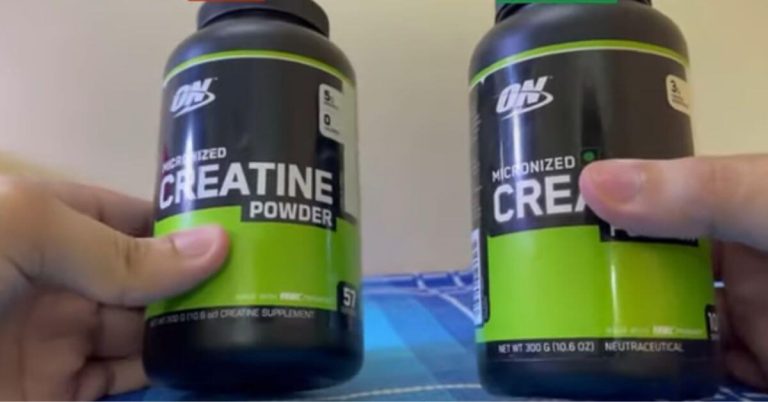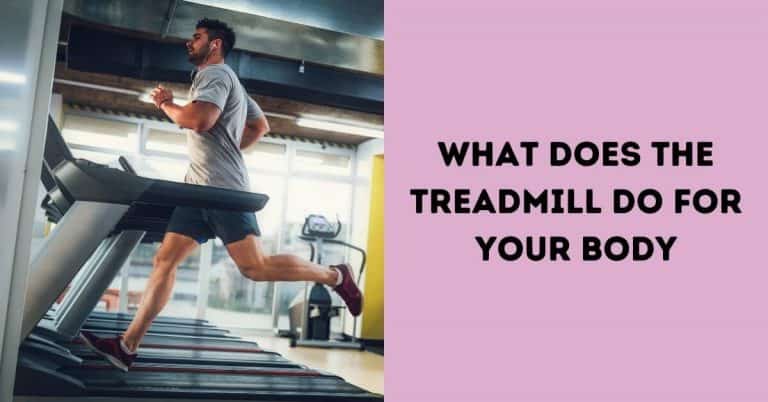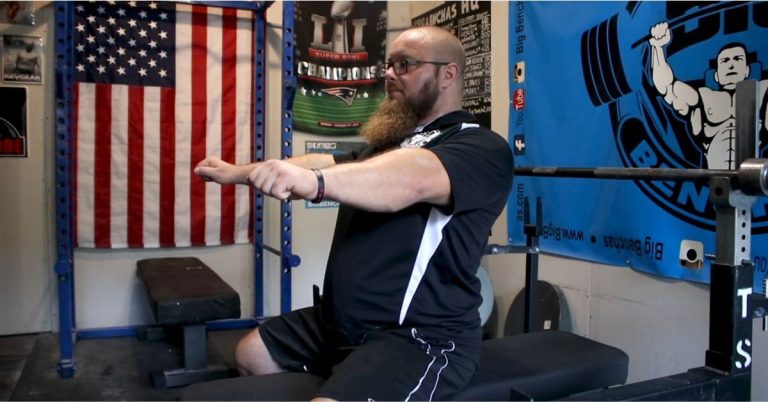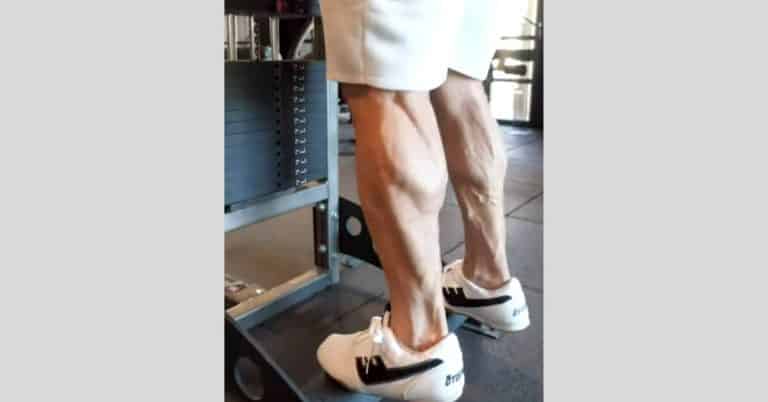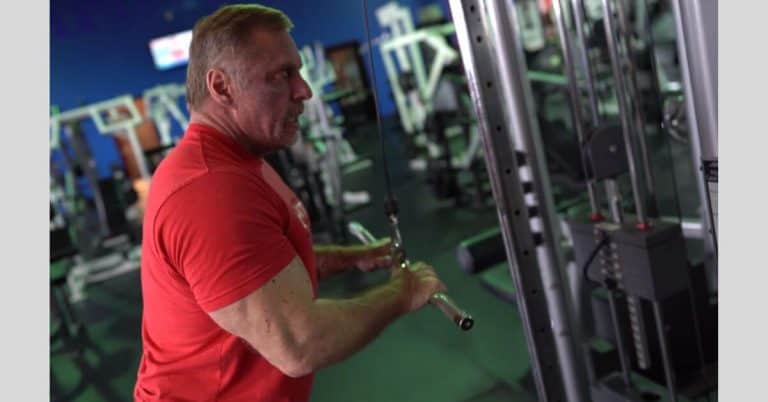Working Out With Poison Ivy: A Guide to Fitness Amidst the Rash
Last Updated on December 1, 2023 by Justin Harris
Working out with poison ivy is generally safe as long as the skin has been thoroughly washed to remove any urushiol oil, which is the substance that causes the rash. However, excessive sweating during exercise could potentially worsen the symptoms by spreading the oil to other areas of the body or causing further inflammation.
It is important to keep the affected area clean and avoid scratching the blisters to prevent potential infections.
1. Understanding Poison Ivy And Its Effects
What is poison ivy and how does it cause a rash?
Poison ivy, scientifically known as Toxicodendron radicans, is a plant commonly found in North America. It contains a resin called urushiol, which is the main culprit responsible for causing a rash. When urushiol comes into contact with the skin, it triggers an allergic reaction, resulting in redness, itching, and the formation of blisters. It is important to identify poison ivy plants accurately, as even slight contact with the leaves, stem, or roots can cause a reaction in susceptible individuals.
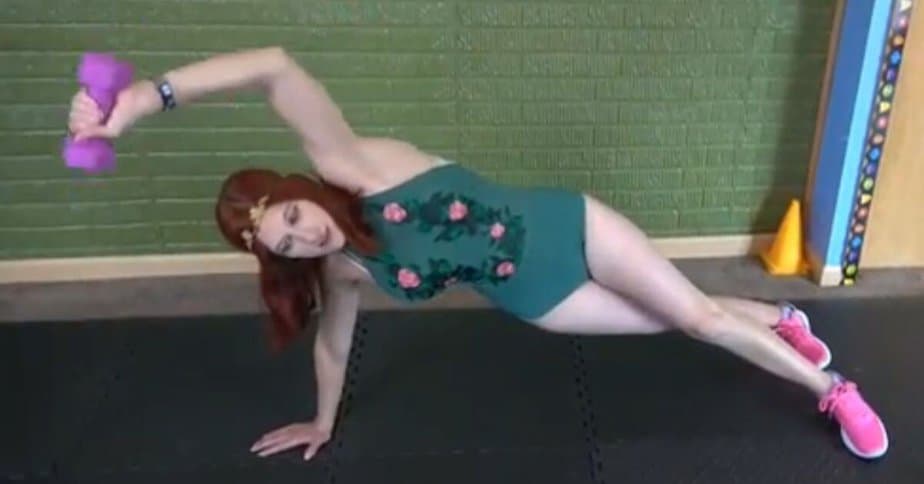
Identifying poison ivy plants is crucial to avoid accidental contact and subsequent rashes. Poison ivy plants have three leaflets with pointed ends and smooth or slightly serrated edges. They can grow as vines or shrubs and are typically found in wooded areas, along trails, and near water sources. Being able to recognize and steer clear of poison ivy plants can significantly reduce the risk of exposure and consequent allergic reactions.
How long does a poison ivy rash typically last?
A poison ivy rash usually lasts for one to three weeks, depending on the severity of the reaction and individual healing capabilities. Mild cases may resolve within a week, while more severe rashes can persist for up to three weeks. It is essential to avoid scratching or picking at the blisters, as this can lead to further irritation and potential infection. Practicing proper skincare and using over-the-counter remedies can help alleviate symptoms and speed up the healing process.
Myth: Perspiration spreads poison ivy rash – debunked
Contrary to popular belief, perspiration does not spread a poison ivy rash. Once the urushiol oil has been washed off the skin with soap and water, the rash is not contagious. However, it is crucial to avoid contact with contaminated clothing, tools, or surfaces that may still contain the oil. Regular handwashing and proper cleaning of objects can effectively remove any lingering urushiol and prevent the spread of the rash.
2. Precautions And Safety Measures
How to prevent coming into contact with poison ivy:
- Avoid walking or exercising in areas known to have poison ivy.
- Learn to identify and avoid contact with poison ivy plants.
- Wear long sleeves, pants, and closed-toe shoes when in outdoor areas that may have poison ivy.
- Apply a barrier cream or lotion to exposed skin before engaging in outdoor activities.
- Wash any gardening tools or equipment that may have come in contact with poison ivy.
Tips for removing poison ivy oil from the skin:
- Wash the affected area with soap and water as soon as possible.
- Use alcohol wipes or specialized poison ivy cleansing products to remove any remaining oil.
- Do not scratch or rub the rash, as this can spread the oil and worsen symptoms.
- Apply calamine lotion or hydrocortisone cream to soothe itching and inflammation.
Protective clothing and gear for working out in poison ivy-infested areas:
- Wear long-sleeved shirts and long pants made of thick, tightly woven fabric.
- Use gloves, preferably made of nitrile or another impermeable material, when working with plants.
- Consider wearing a hat, goggles, and a face mask to prevent contact with poison ivy.
Safety precautions for exercising with an existing poison ivy rash:
- Avoid activities that may further irritate the rash, such as excessive sweating or wearing tight-fitting clothing.
- Take a break from exercising until the rash has healed to prevent spreading the oil and worsening symptoms.
- If necessary, consult a healthcare professional for additional treatment options and recommendations.
3. Choosing The Right Workout Routine
While dealing with poison ivy, it is essential to choose the right workout routine that minimizes direct contact with the plant. Here are some low-impact exercises to consider:
- Outdoor workout alternatives: Opt for activities like swimming, cycling, or hiking in areas where poison ivy is not prevalent. This reduces the risk of coming into contact with the plant.
- Indoor workout options: For individuals with severe poison ivy rashes, indoor exercises like yoga, Pilates, or weightlifting can be a safer choice. It avoids exposure to the plant altogether.
It is always advisable to consult a healthcare professional for guidance on modifying your workout routine based on the severity of your poison ivy rash. They can provide personalized recommendations and ensure your safety while exercising.
Read Also,
- Spin Bike Under 200
- Elliptical Under 1000
- Best Treadmill Under 200
- Best Sauna Vest for Weight Loss
- Best Elliptical for Short Person
- Best Folding Exercise Bike for Short Person
- Best Treadmill Under 300 – Amazing Collection
- Best Elliptical Under 600 (Suitable for Any Person)
- Best Rowing Machine Under 200 – Users Choice
- Best Rowing Machine Under 500 [Top Picks & Buying Guide]
- Best Elliptical Machine Under 500 [Top Picks & Reviews]
4. Managing Discomfort And Itchiness
Managing discomfort and itchiness while working out with poison ivy can be challenging. It is important to avoid scratching the blisters to prevent infection and not use irritating substances like rubbing alcohol or bleach. Perspiration itself does not spread the rash, as long as the urushiol oil has been washed off.
| Managing Discomfort and Itchiness | |
| Over-the-counter remedies for relieving poison ivy itch | There are several over-the-counter remedies available for relieving the itch caused by poison ivy. These include topical creams or ointments containing ingredients like calamine or hydrocortisone, which can help reduce inflammation and alleviate itching. It is important to follow the instructions on the packaging and consult a healthcare professional if symptoms persist or worsen. |
| Natural remedies and home remedies for soothing the rash |
In addition to over-the-counter remedies, there are also natural and home remedies that can help soothe the rash caused by poison ivy. These include applying cold compresses or ice packs to reduce swelling, taking oatmeal baths or using oatmeal-based products to relieve itching, and using aloe vera gel or witch hazel to calm the skin. It’s important to note that while these remedies may provide temporary relief, they may not cure the rash completely. |
| The role of antihistamines in managing poison ivy symptoms |
Antihistamines can be helpful in managing the symptoms of poison ivy, particularly the itchiness. These medications work by blocking the histamine receptors in the body, which can help reduce the allergic response and relieve itching. It’s important to consult a healthcare professional before taking antihistamines, as they may have side effects or interact with other medications. |
| When to seek medical attention for severe poison ivy reactions |
If you experience severe poison ivy reactions, such as difficulty breathing, swelling of the face or throat, or extensive blistering and oozing, it is important to seek medical attention immediately. These symptoms may indicate a severe allergic reaction or infection, which require prompt medical treatment. A healthcare professional can provide appropriate evaluation and prescribe stronger medications or treatments if necessary. |
5. Staying Motivated And Maintaining Fitness Goals
When dealing with poison ivy, it’s essential to stay motivated and maintain your fitness goals despite the physical discomfort. Here are some mental strategies you can use:
- Modify your workout routines to accommodate the healing process. Avoid exercises that may further irritate the affected areas.
- Set realistic fitness goals while dealing with the poison ivy rash. Understand that your progress may be slower during this time, but stay focused on your long-term objectives.
- Celebrate small achievements to maintain a positive mindset. Acknowledge and reward yourself for any progress you make, even if it’s minimal.
Remember, staying motivated during this challenging period is crucial for your overall well-being. By implementing these mental strategies, you can continue working towards your fitness goals while allowing your body to heal from the poison ivy rash.
Conclusion
To wrap it up, it is generally safe to exercise with poison ivy as long as the resin has been washed off. However, it’s important to be cautious and avoid scratching the blisters, as it can lead to infection. Keep in mind that working out excessively while experiencing a poison ivy reaction could potentially worsen the symptoms by stressing the immune system.
So, listen to your body and take proper care while staying active. Stay informed and make the best decisions for your health!

